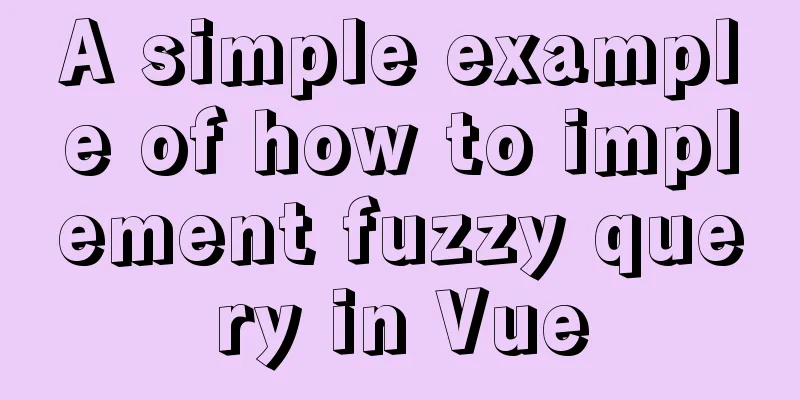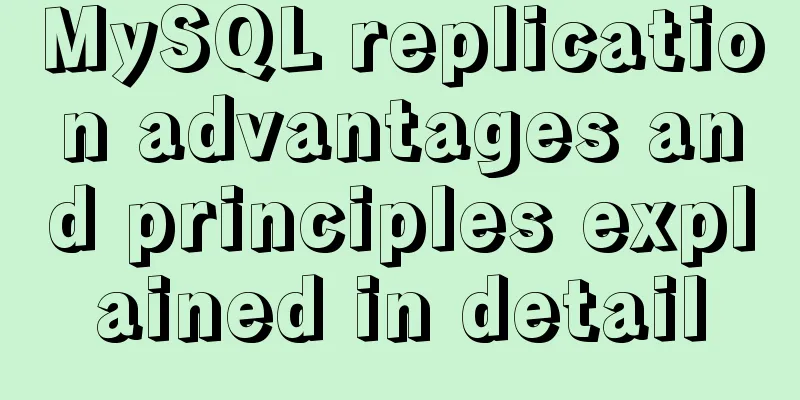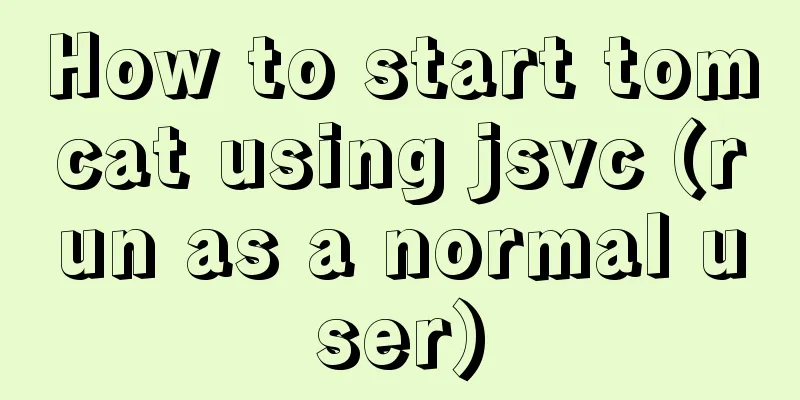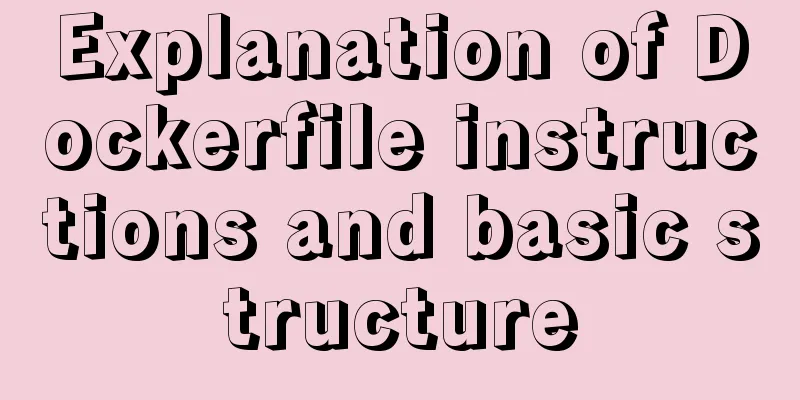Use pure CSS to achieve scroll shadow effect
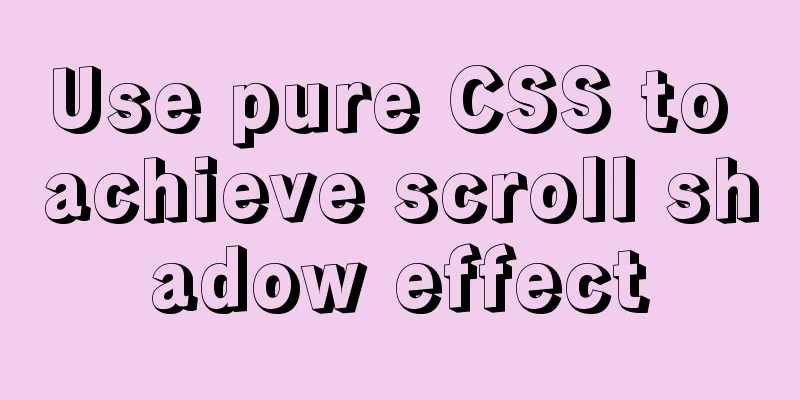
|
To get straight to the point, there is a very common situation for some scrollable elements. Usually when scrolling, a shadow is added to the side perpendicular to the scroll to indicate that an element is currently scrolled out of the visible area, similar to this:
You can see that during the scrolling process, a shadow appears:
For the problem that the columns on both sides remain stationary and attached to the border during scrolling, CSS usually uses However, for the shadow that appears during the scrolling process (if the content in the scrolling container is not touching the edge, the shadow appears, and if it is touching the edge, the shadow disappears), the previous approach has always required the use of JS. So, is there a solution that can be achieved with pure CSS? Hehehe, yes. There is a very clever trick, let us unveil it step by step. Magical To achieve the above scrolling shadow using pure CSS, the most important element to use is In an earlier article - CSS parallax effect,
Of course, our protagonist today is not First, let’s talk about Simply put, it determines how the background pattern moves in a scrollable container. Through two simple demos, understand
If you still don't understand the difference between them, you can check out the following DEMO to see for yourself: CodePen Demo -- bg-attachment Demo Use At this point, many students may still be confused. What exactly should we do? How does this relate to the scrolling shadow in this article? Don't worry, the difficulty of scrolling shadows is that there is no shadow when there is no scrolling at the beginning. The shadow will only appear when the scrolling starts. So here, we use the two properties of Um? What's the meaning. We add two gradient effects to the scroll container, using
<!-- Scrollable container -->
<ul>
<li>...</li>
...
<li>...</li>
</ul>
// Scenario 1:
.g-one {
background: linear-gradient(#fff, #f00);
background-size: 100% 10px;
background-repeat: no-repeat;
background-attachment: local;
}
// Scenario 2:
.g-two {
background: radial-gradient(at 50% 0, #000, #0f0 70%);
background-size: 100% 10px;
background-repeat: no-repeat;
background-attachment: scroll;
}
// Scenario 3:
.g-combine {
background:
linear-gradient(#fff, #f00),
radial-gradient(at 50% 0%, #000, #0f0 70%);
background-size: 100% 10px, 100% 10px;
background-repeat: no-repeat;
background-attachment: local, scroll;
}The actual effect is this: one background scrolls with the container, and the other background is fixed with the container. The background that scrolls with the container acts as an initial mask:
OK, you can see that when scrolling, the last superimposed picture is actually the effect we need to show different colors (shadows) when scrolling. We adjust the colors of the two gradients, set the mask layer ( The CSS code looks like this:
.g-final {
background:
linear-gradient(#fff, transparent 100%),
linear-gradient(rgba(0, 0, 0, .5), transparent 100%);
background-size: 100% 30px, 100% 10px;
background-repeat: no-repeat;
background-attachment: local, scroll;
} A gray shadow is simulated using
OK, it’s done. For all the above DEMOs, you can check them out here: CodePen Demo -- Pure CSS Scroll shadow As shown at the beginning of the article, this technique can also be directly applied to
CodePen Demo -- Pure CSS Table scroll shadow Some questions cascading order Of course, there is actually a problem in the above process. Because the shadow is simulated by the compatibility Well, of course there is another problem, which is the compatibility of
The comments under Can i use indicate that most compatibility issues are caused by at last The techniques in this article are not original. I first saw them in this article: Exploring the practical value of the CSS attribute *-gradient, and further exploring whether it can be used in practice. This is the end of this article about using pure CSS to achieve scroll shadow effects. For more relevant CSS to achieve scroll shadow content, please search 123WORDPRESS.COM’s previous articles or continue to browse the related articles below. I hope everyone will support 123WORDPRESS.COM in the future! |
<<: Several CSS3 tag shorthands (recommended)
>>: An example of using Lvs+Nginx cluster to build a high-concurrency architecture
Recommend
Basic usage of JS date control My97DatePicker
My97DatePicker is a very flexible and easy-to-use...
XHTML tutorial, a brief introduction to the basics of XHTML
<br />This article will briefly introduce yo...
Implementation of Single Div drawing techniques in CSS
You can often see articles about CSS drawing, suc...
vue dynamic component
Table of contents 1. Component 2. keep-alive 2.1 ...
Problems and solutions when installing and using VMware
The virtual machine is in use or cannot be connec...
MySQL detailed summary of commonly used functions
Table of contents MySQL Common Functions 1. Numer...
Summary of H5 wake-up APP implementation methods and points for attention
Table of contents Preface Jump to APP method URL ...
HTML Tutorial: title attribute and alt attribute
XHTML is the basis of CSS layout. jb51.net has al...
Detailed explanation of the role and principle of key in Vue
Table of contents 1. Let’s start with the conclus...
JavaScript design pattern learning adapter pattern
Table of contents Overview Code Implementation Su...
Font Treasure House 50 exquisite free English font resources Part 1
Designers have their own font library, which allo...
MySQL 5.7.17 installation and configuration tutorial for Mac
1. Download MySQL Click on the official website d...
The implementation principle of Tomcat correcting the JDK native thread pool bug
To improve processing power and concurrency, Web ...
MySQL grouping queries and aggregate functions
Overview I believe we often encounter such scenar...
Graphical tutorial on Maven installation and configuration under Windows (including localized warehouse configuration)
1. Download Maven Maven official website: http://...











